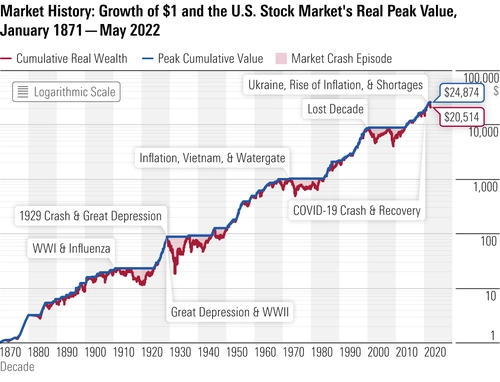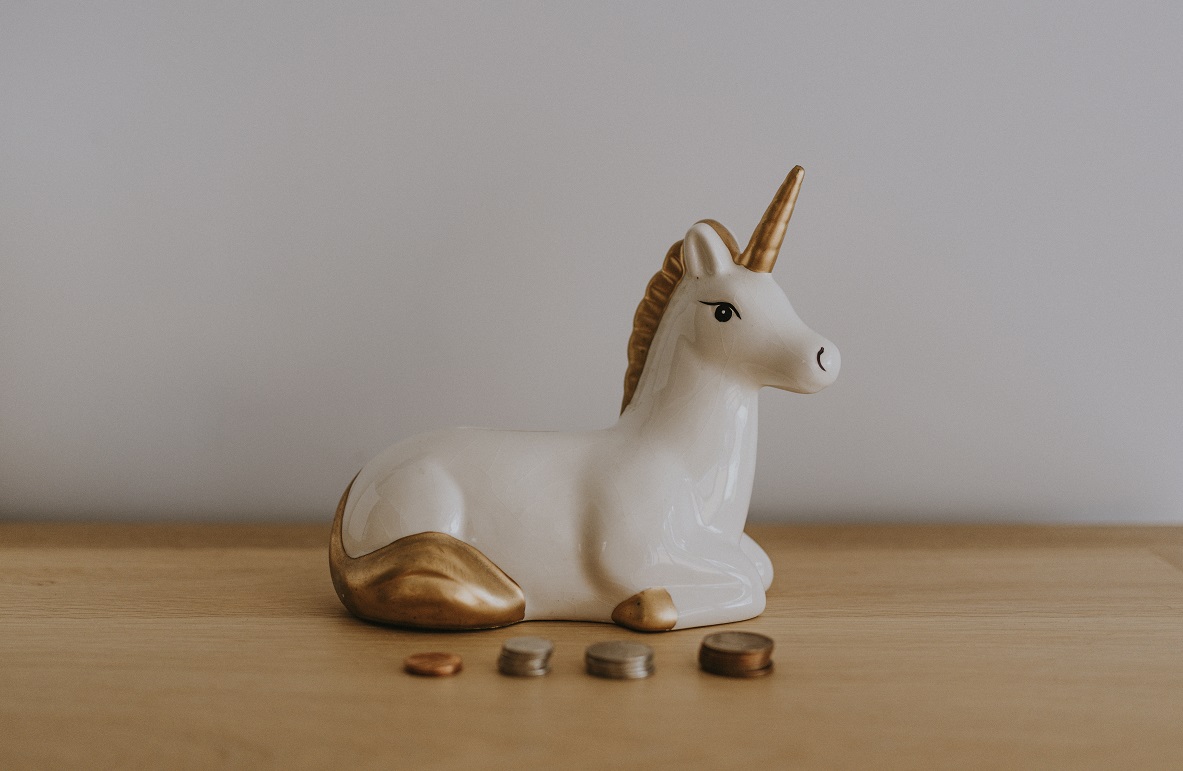
On this episode of Morningstar's The Long View podcast, BlackRock chief investment officer Rick Rieder joins Morningstar’s Jeff Ptak and guest host Amy Arnott.
'Polyurethane' U.S. Economy
Jeff Ptak: I did want to jump and talk about the macro picture, the economy. This year has been, in many ways, especially confounding from a macro perspective. The Fed has continued tightening. The existing home market has, I suppose you could say it’s stalled in various ways. Inflation is still above target. Why isn’t the economy doing worse than it seems to be in light of all that?
Rick Rieder: I think the U.S. economy is one of the most extraordinary economies in the history of how people think about business structure and about how the world works from a commerce point of view. I did a presentation where I called the U.S. economy the polyurethane economy, meaning it’s so flexible, so adaptive. When you think about those Tempur-Pedic beds, when one side of the bed has volatility, the other doesn’t necessarily have that. And I quite frankly think that is the case here in the U.S. economy. It’s 70% services, 70% consumption. Services don’t really go in a recession. Think about how people spend on healthcare, education, and so on. It doesn’t really go in a recession. It’s so different from 20 or 30 years ago when you had a commodity-oriented economy that was spending an awful lot and manufacturing was driving the economy. You could have big cyclical evolution. The U.S. economy today is much more stable.
And then, you break it down and you think about it’s an economy that has energy independence, spends a tremendous amount on R&D and tech, and quite frankly, also has brought the debt down, which seems inconceivable when you say that because people look at the size of the government debt. But the way economies work is there are four parts of your debt structure. It’s your private, it’s your household, it’s your corporate, it’s your financial, and then it’s the government. You think about what’s happened over the last few years. Households have deleveraged financials, particularly big financials have deleveraged, and corporates have extended their maturity and have brought down some of their leverage.
So, it’s just the government that holds the debt, meaning the stability of the economy, even when interest rates grow, is not that significant. Anyway, I think people will continue to question, is the economy going to go in a recession? And you just have this immense amount of growth. Nominal GDP in 2021 was 12.3%, in 2022 it was 7.3%. If we went into two quarters of negative one, the economy is still operating at an incredible level. So, I think the economy will continue to confound people for a long time.
Will the US Get a Soft Landing?
Amy Arnott: With that said, what is your opinion? Are we going to get a soft landing? And what kind of indicators are you paying attention to when you’re looking at the economy and trying to gauge the trajectory?
RR: A lot of the traditional indicators – people talk about the inversion of the yield curve. I think the inversion of the yield curve is predicted now in the last three recessions. I don’t think that is terribly good, particularly when the economy is not that interest-rate-sensitive anymore. I think the economy is moderating. And I think you have to assume that a 3.5% unemployment rate is not going to be the go-forward. We’ve gone through this incredible structural lack of labour in the system that in places like healthcare, education, leisure, hospitality, restaurants, hotels, airlines, you have to believe that 3.5% is not going to be the steady state going forward.
So, big focus on employment, and to see that you get some softening there. Quite frankly, I also think the global economy, it can and is slowing. And you look at China and then the impact that’s having in Europe, that the global economy can certainly have a negative influence. So, we watch what’s happening extra to the US, which I think will give you a pretty good indicator.
And then, beyond that, we’re watching technology really closely. And if you break down – consumer is in good shape, savings are at a good level, slowing a bit in terms of what their savings are, employment should slow a bit, and it’s just the corporate sector willing to continue to spend. And the capital expenditure in this cycle is so different because it’s largely technology. So, we’re watching really closely all the Big Tech businesses or the investments around tech, which now is AI, software, and so on. We’re keeping an eye on that closely to see the companies start pulling back. My sense is that they were going through a step change around companies’ investments to make their businesses more efficient and increase the level of productivity. So, I think corporate spend will continue to be robust. But keeping an eye on those things, I think, is going to be pretty significant.
Recession and Risk Assets
JP: Do you think the odds of a recession – albeit lower than they were maybe entering the year – are being properly priced into risk assets? Or do you think markets have gotten a bit blasé?
RR: I think when you break it down, I find some of the credit markets are tighter than I think they should be. When you think about what is credit, you get paid yield, you get paid income, or you don’t. I think that when you go through periods like this, people forget you can have an increase in defaults, you can have parts of the credit markets that can come under pressure. So, do I think spreads are going to widen out a lot? Probably not, because I think the economy is in good shape, and I don’t think we’re going to see a deep recession. Companies have termed their debt out.
But I would say the parts of the high-yield market where spreads are pretty tight, if you ask me, given upside- downside, and by the way, how you can get yield in other places that, with the risk-free rate so high, you can get a lot of yield and particularly, with the curve inverted, you can get it in the front of the yield curve.
So, I think parts of credit are a bit, to your words, blasé. But I think the equity market is… You think of the companies that are cyclical or more traditional and whether it’s airlines or autos or homebuilders, energy and the multiples on those equities are not very high. So, I think they've built in that this economy may slow, your top line of revenue could slow alongside of it. And quite frankly, I think those valuations are OK. Because I do think that part of the market has priced it in. The other one is, the interest rate market has moved to a level that is – I do think what’s going to happen is, you’ll see rates start to come down as the economy slows. And I think the Fed will have to cut rates in the later part of 2024. We’re moving some of our assets to taking just more interest-rate risk given these yield levels today.






.jpg)













